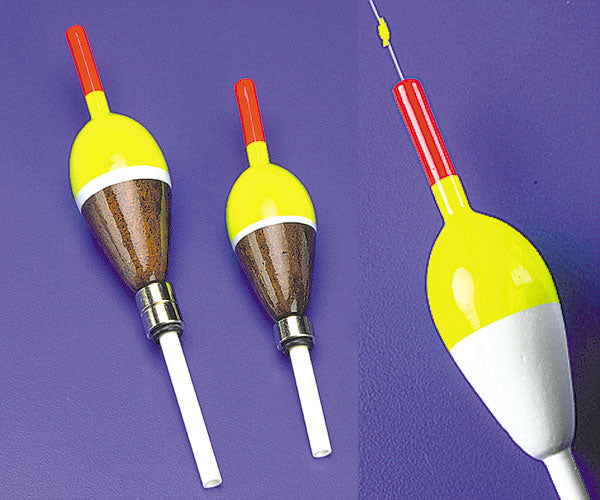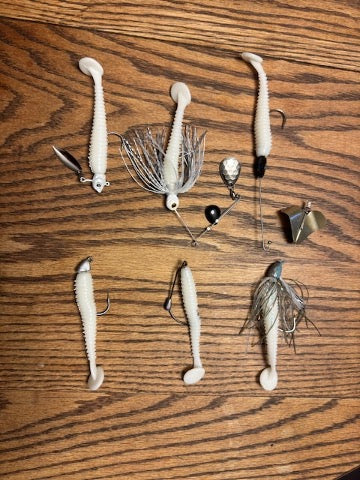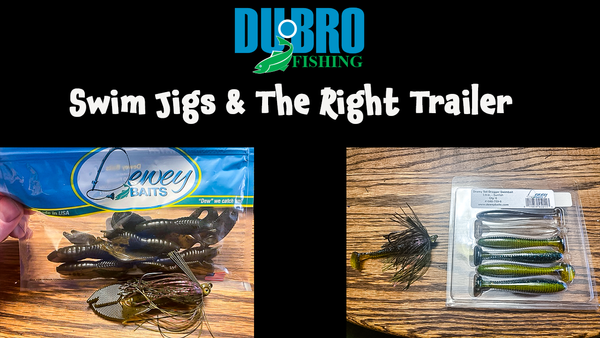Most anglers enjoy having a wide variety of tackle with them when fishing. One item anglers sometimes overlook but shouldn’t is slip bobbers. In this article, we will explain some of the more popular styles and sizes of slip bobbers and when to use them.
SMALL SLIP BOBBERS
Different sizes of slip bobbers are used on different species of fish. Jim Broberg from Dubro Products likes using a few different types of slip bobbers and set-ups when fishing. “One type of fish I often target when using slip bobbers is crappie,” Broberg explained. Catching crappie can be a lot of fun, but finding the fish and giving them a good presentation can sometimes be difficult. The problem with crappie is they are small fish that can be very spooky fish that don’t easily take the bait. When they feel the resistance, they often let go which is where a small slip bobber comes in handy. The nice thing about slip bobbers is they come in several sizes so I can use extra small bobbers when targeting smaller fish like crappie, bluegills, or other smaller fish.
WEIGHTED SLIP BOBBERS
Broberg really enjoys using weighted slip bobbers. “I like using weighted slip bobbers because you can cast them really deep and place them precisely where you want to in the water.” Broberg said. “Another reason I like using a weighted slip bobber is because they ride lower in the water so they don’t drift as much.”
SLIP BOBBER COLOR
Since Broberg likes fishing crappie where a small bobber is used, it is important to use the proper color of bobber that can easily be seen. “Small bobbers can be difficult to see in the water so I always suggest that anglers use a bright bobber that can easily be seen. A bright yellow slip bobber might show up better on a cloudy day than an orange or green. Other colors that are popular include chartreuse, pink, florescent and red. I seem to spot a chartreuse yellow on a cloudy day best, but I always like to have a variety of colored slip bobbers with me when I am fishing in case conditions change and I need to change my setup,” Broberg noted.
SLIP BOBBER KNOTS
The key to success when fishing with a slip bobber is making sure the depth of the presentation is correct. Tying a knot that will not move is a must. “If a slip bobber knot is not tied properly, you can be fishing at the right depth one minute and catching a lot of fish and all of a sudden you quit catching fish and realize that the knot slid several feet and you aren’t catching anything,” Broberg explained. “The slip bobber knot needs to be able to move when you put pressure on it which is the point of the knot so you can slide it up and down without a lot of difficulty. The problem is many of the pre-tied slip bobber knot kits that are popular today move extremely easily on the line. As a result, the presentation ends up being too high or low in the water column. The easiest way to ensure your slip bobber doesn’t move is by tying your own knots.”
USE AN ICE FISHING WEIGHT TO DETERMINE WATER DEPTH
One way to make sure your presentation and your slip bobber knot is at the right depth is using a heavy ice fishing weight to determine water depth. You can quickly clip on a weight and drop it in the water to figure out exactly how deep the water is. “I like using these weights because it is fast and easy. When I know how far down the bottom of the lake is, I can set my slip bobber accordingly so my presentation is a couple feet off of the bottom and go from there.,” Broberg said. Knowing the exact water depth is a must when fishing with a slip bobber.
TYING SLIP BOBBER KNOTS
Tying a slip bobber knot can be a little difficult if you have never done it, but Dubro Fishing offers a knot tying kit that makes the process quick and easy. The kit comes complete with one slip bobber knot tool, 4-5 inch straws to tie your knots onto, and 50 yards of slip bobber knot material. “The quality of knot that you can tie with this kit is really strong and doesn’t easily slide down the line,” Broberg noted. “I tend to spend a lot of time tying slip bobber knots in the winter when I don’t have anything going on but I always have the tool with me in my boat so I can tie a few up while I am fishing if needed.” Slip bobbers can be used to fish for walleyes, crappie, steelhead and almost any other type of fish. The key to success is using the right size and color bobber and making sure you have a high quality slip bobber knot on your line.








